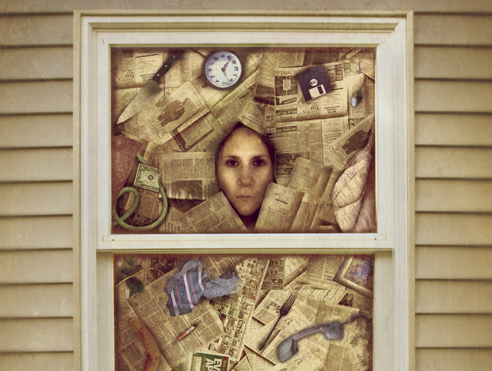
A memento is an object that we keep to remind us of the past.
Every second, we grow older. Every second, something important to us — a person, a possession, an experience — moves closer to slipping out of our grasp forever.
As a child, I had trouble letting things go. Giving away a stuffed animal was blasphemy — they would surely miss me! — alone and cold and wondering why I had abandoned them. As I got older, I no longer thought my animals had little fluffy brains with little fluffy emotions. But I still had trouble letting things go. I might need them. I might forget that moment, that feeling, that person.

William Morris (the British craftsman, not the talent agency) says that you should “have nothing in your house that you do not know to be useful, or believe to be beautiful.”
The trouble is that with grief, those wires can become crossed. If you’ve ever seen Hoarders, the TV show where people accumulate objects excessively, there’s always somewhere midway through an episode where the hoarder breaks down and talks about death. Their mother died five years ago and they were so distraught that they just bought snow globe after snow globe and now they have 900 of them in their bathroom. They can no longer determine what is important and what is not.

On the quest to become comfortable with death, several times I’ve been tempted to toss everything I own, burn it down and walk away. To have nothing to worry about losing. Instead, I’ve tried to be more realistic about what is truly useful or beautiful. If an item is trivial (concert ticket, thank-you note) into the trash it goes. If is truly a memento, as my grandmother’s picture, small parcel of ashes, and crucifix are (see photo above), then it stays and takes a place of honor — not stuffed in some back drawer.
Thanks to Diana Hoogbruin for this week’s doodle selection, and as always to Landis Blair for nobly doodling.
